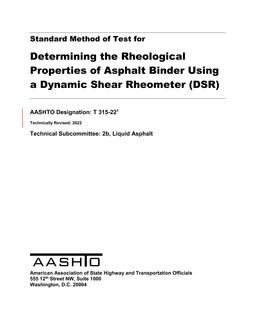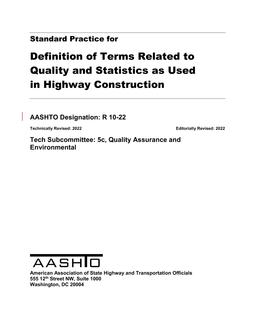
The primary purpose of geotechnical subsurface investigations in transportation projects is to collect data that will help transportation engineers and planners identify, assess, and address risks associated with subsurface conditions; select appropriate design parameters; and monitor performance during construction and operation phases of an asset’s life cycle. Geotechnical risks generally pose the greatest risk to transportation projects because adverse subsurface conditions can have significant impacts on public safety, project schedules, life-cycle costs, and environmental sustainability. A sound subsurface investigation program can mitigate these risks and yield significant dividends for state transportation agencies in terms of cost savings and timely completion of projects. Thus, it is prudent for transportation agencies to include geotechnical investigations as a part of their project development process.
This manual provides information and guidelines to help geoprofessionals (i.e., geotechnical engineers, geological engineers, geologists, and engineering geologists) plan and execute a sound geotechnical site investigation program; use the results to develop a ground model for planning, design, construction, and asset management phases of a project; and report and document the results in a manner that facilitates peer review, communication with stakeholders, and potential future uses.
Product Details
- Published:
- 09/01/2022
- Number of Pages:
- 410
- File Size:
- 1 file , 48 MB
- Note:
- This product is unavailable in Ukraine, Russia, Belarus


